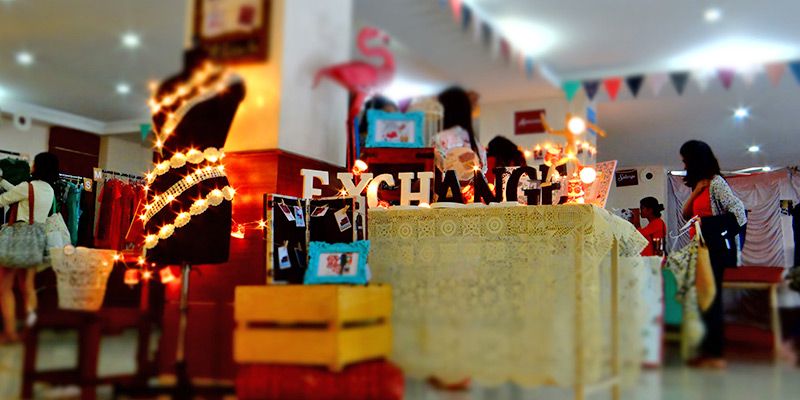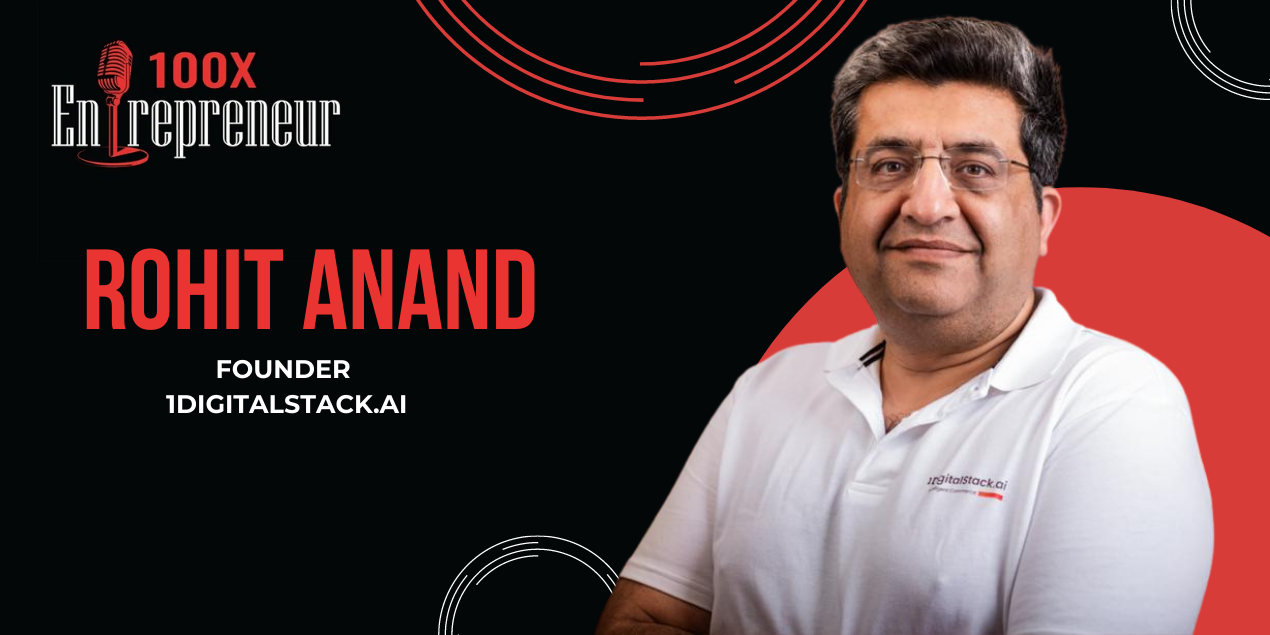Affordability trumps taboo as pre-owned fashion finds a market
![yourstory-Pre-owned-clothes[2]](https://images.yourstory.com/cs/wordpress/2015/11/yourstory-Pre-owned-clothes2.jpg?fm=png&auto=format)
Twenty-four-year-old Shalini Priya is a self-confessed compulsive brand shopper. A fact that has a significant impact on the size of her wallet. So when a friend told her about Elanic, an app that sells pre-owned branded clothes, Shalini’s interest was piqued. She tried the app for the first time three months ago and has already bought six items.
“I never feel like the outfit was worn by someone else, because it has great quality and comes well-packed. Compared to spending on fresh items, I save a lot,” says Shalini, an operations manager at startup accelerator TLabs in Delhi. She recently purchased a Mango dress on Elanic for Rs 2,000 which originally was priced at Rs 8,000.
Gone are the days when hand-me-downs were looked upon with contempt. As we increasingly become a consumerist and aspirational society, with 'useandthrow' as the motto, consumers are looking for ways to get the ‘it’ brands without breaking the bank. Pre-owned clothes are an answer, at least to a small-but-growing section of the fashion-conscious population.
In fact, India has always had a market for second-hand textiles such as blankets. UN Comtrade data of 2013 reveals that import of used clothes into India is worth $182 million, making India the top importer in this category. It is no wonder then that a domestic version of the business has come up, especially with online commerce booming. Elanic, Revamp My Closet, Once Again, and Etashee are just a few of the online and mobile platforms that have come up in this sector.
Cultural shift or affordability?
There is no denying that there is a change in consumer behaviour. “Today, youngsters are more comfortable being what they are, rather than what others want them to be,” says G K Karanth, who was a Professor of Sociology at the Centre for Study of Social Change and Development at the Institute for Social and Economic Change. However, he says that old clothes still have stigma attached to them. “Hence the term ‘pre-owned’ is preferred to ‘second-hand’. It is a verbal play of social respectability,” he adds.
![yourstory-Pre-owned-clothes-InsideArticle1[2]](https://images.yourstory.com/cs/wordpress/2015/11/yourstory-Pre-owned-clothes-InsideArticle12.png?fm=png&auto=format)
Designer Anushree Reddy believes that more than a cultural change, this is a question of affordability. “High-end designer wear especially is a luxury buy. Someone who is willing to spend such a huge amount would rather spend it on a new one,” she says.
Pre-owned clothes, worn just a couple of times, are sold at about 30 per cent of MRP on these platforms. Prof. Karanth says the online platform creates an aura of anonymity. “No one knows that your outfit is pre-owned. People are more comfortable because they get to uphold their self-respect by anonymity of consumption than declaring their affinity for cheaper clothes,” he says.
This anonymity helps those selling their barely used clothes for money because, as Praveen Sinha, serial entrepreneur and Founder of Jabong, says: “Indian culture is usually to donate old clothes. Often, we hoard clothes because of some emotional connection too.”
Sellers can get some money by selling the clothes, especially the expensive ones. “With more disposable income, we tend to buy more and use less. So items which are used only once or twice and may not be useful for its current owner goes to another person for a reasonable rate,” says Abhilash Narahari, Founder of Elanic. Launched in August 2015 with around 700 users, Elanic now has 12,000 users and functions solely in Bengaluru. It will expand to Mumbai and Delhi soon with more categories like home décor, kidswear and maternity clothes.
Samridhi Agarwal, the 25-year-old Founder of Revamp My Closet, decided to startup when she saw her maid using the Calvin Klein T-shirt that she had given to her for cleaning the floor. Samridhi, a fashion management graduate from NIFT, felt that giving her clothes for money to someone who will put it to good use was a better idea.
![yourstory-Pre-owned-clothes-InsideArticle2[1]](https://images.yourstory.com/cs/wordpress/2015/11/yourstory-Pre-owned-clothes-InsideArticle21.png?fm=png&auto=format)
Business models galore
For a category that is still in its nascent stage, there are quite a few business models. For instance, Revamp My Closet claims to have the largest inventory, whereas Elanic follows an app-only, social network model.
On regular online sites, brands could restrict the amount of discount on a new product of theirs. On secondhand platforms, the prices can be determined by the seller or the marketplace itself, without any restrictions from brands.
A person who wants to sell an outfit has to take a picture of the item and list it. When a buyer selects the outfit, Elanic’s logistics partner will pick it up from the seller, take it to their warehouse and after inspection, sanitisation and repacking,it is shipped to the buyer. Elanic gets about 200 listings a day. Rates depend on age and condition of the outfit; about 30 per cent of MRP on an average. Elanic gets a commission from the sellers.
‘Once Again’, based in Bengaluru, is a peer-to-peer marketplace. Nikita Agarwal, Co-Founder of Once Again, says: “We charge for everything, so there is no loss for us in operations. The items are anyway discounted, and sellers are requested to wash and iron it so we can deliver it quickly to the buyer.” The 20-year-old student at St Joseph’s College of Commerce, adds,“Our logistics partner takes a picture of the item when they pick it up, and it is saved in our database. In case of returns, neither the seller nor the buyer is charged.” Three months into the launch, Once Again is targeting 100 transactions a month.
Most platforms are choosy about the products they list or sell. For instance, Once Again and Elanic take only branded clothes since the sizes are standardised. Etashee, which serves as a concierge connecting buyers and sellers and offers both Western wear and high-end Indian wear, takes 30 per cent commission while helping the buyers and sellers with their queries. It has sales of over Rs 4 lakh per month, with around 50 orders per day. “I was aware of wealthy people exchanging expensive outfits offline. So when we started off, I went to their houses directly and asked them to sell their used clothes; they were very cooperative,” says Etashee’s Founder Amna Abbasi.
![yourstory-Pre-owned-clothes-InsideArticle3[1]](https://images.yourstory.com/cs/wordpress/2015/11/yourstory-Pre-owned-clothes-InsideArticle311.png?fm=png&auto=format)
Room to exchange
Offline initiatives have also been launched but more from the point of view of promoting sustainability. In 2012, four friends held an ‘exchange’ event – Exchange Room – in Bengaluru. “Exchanges are a money-free experience, so it attracts more attention to recycling and sustainable fashion,” says Sangeetha Mari, Co-Founder of Exchange Room. In fact, if the used clothes are in good condition, one can always bring it back for the next event.
Although they began as a closed group event in 2012, Exchange Room was opened to public in 2014, by invitation to acquaintances and their referrals. “We collect the garments before the event with some discretion on quality, and do inspection and sanitisation, and then tag them with the current worth and the earlier owner’s name,” Sangeetha says. They have also incorporated some items for sale for revenue to be used for conducting subsequent events and investment in hiring and logistics. Their fourth event is in January 2016.
While there is a market for pre-owned goods, it is likely to remain niche for now. However, online and offline platforms are creating a potent mix of affordability and ‘cool’, along with promoting sustainability. As long as quality of the products are high, we might just see more consumers opting for pre-owned than brand new items.








